The Activity Monitor is the equivalent of a Windows Task Manager on a MacBook and you can find below the steps to open the Task Manager or the Activity Monitor on Mac.
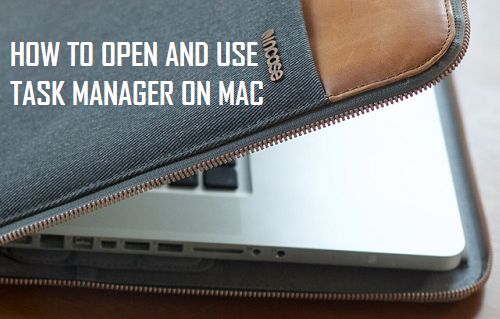
Open Task Manager on Mac
The Task Manager utility on a Windows Computer can be used to start, restart and quit applications, if they get stuck, start misbehaving or start using excessive resources on the computer.
In the case of a MacBook, the Activity Monitor is the equivalent of Windows Task Manager and it is this utility in macOS that provides the option to monitor application running on the computer.
1. Open Task Manager or Activity Monitor On MacBook
If the Activity Monitor Icon is not available on the Dock, you can open the Activity Monitor by launching the Finder on your MacBook.
1. Click on the Finder icon (Happy Face) located at the left corner of the Dock on your Mac.

2. On the next screen, select Applications in the left-pane and open the Utilities Folder by double clicking on it.
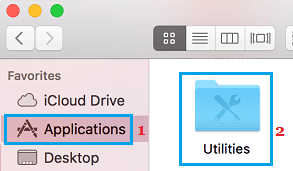
3. Once you are in Utilities Folder, click on Activity Monitor (which is usually the first item in the list)
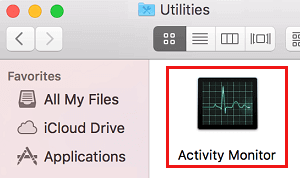
4. On the Activity Monitor screen, you will be able to see the information about Apps and Services located on the MacBook.
2. How to Pin Activity Monitor to Dock on Mac
You can avoid the long way of Opening Activity Monitor by pinning the Activity Monitor Icon to the Dock on your MacBook.
1. Use the Finder to open the Activity Monitor and this will bring the Activity Monitor Icon to the Dock on your Mac.
2. Once the Activity Monitor Icon appears on the Dock, right-click on the Activity Monitor icon > hoover mouse over Options and click on Keep in Dock option.
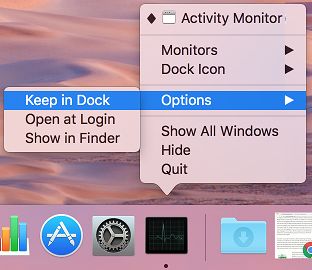
From now on, you will find the Activity Monitor Icon always pinned to the Dock and you will be able to launch or open Activity Monitor by clicking on its Icon on the Dock.
3. View Resource Usage on Mac Using Activity Monitor
All that is required to view the amount of CPU, Memory and Disk Usage on a MacBook is to open the Activity Monitor and switch to CPU, Memory and Disk tabs.
As you can see in the image below, clicking on the CPU tab provides information about the amount of CPU being used by various apps and services running on the MacBook.
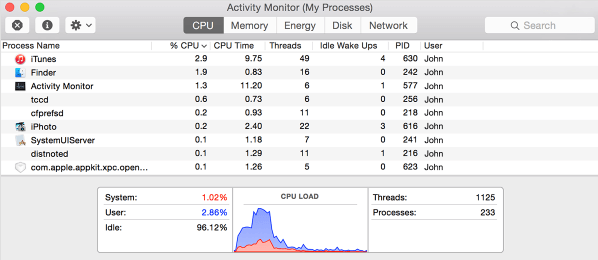
Switching to the Memory tab allows you to see the amount of Memory being used by various Apps and Programs running on the MacBook.
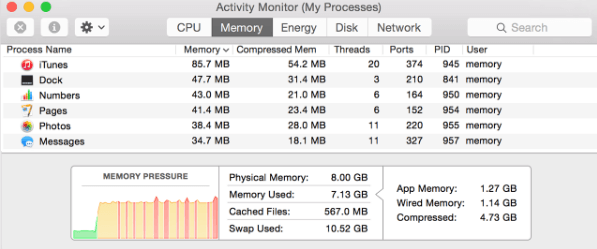
4. Force Quit Apps on Mac Using Activity Monitor
Similar to the Task Manager on a Windows computer, the Activity Monitor on a MacBook can be used to Force Quit Apps, if they happen to get stuck or cause problems.
1. Open Activity Monitor > select the Application that you want to Force Quit and click on the x button (top-left).
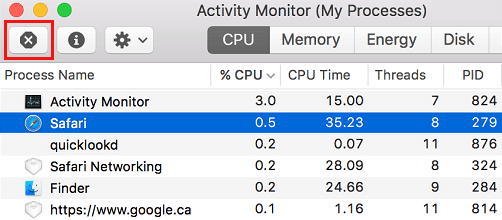
2. On the confirmation pop-up, click on the Force Quit option to Force Quit the selected Application.